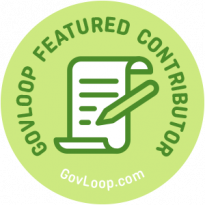If you are like most people, your inbox is a never-ending flood of emails — and it’s most likely true for those you email. So, how do you ensure your messages aren’t lost in their inbox? How do you get people to read and act on them? The answer lies in writing clear, concise, and compelling emails.

1. Start with a clear objective.
The clearer your objective, the clearer your email will be. What do you want your reader to think, feel, or do?
2. Use a Strong Subject Line
Your subject line is the first — and sometimes the only thing people see before deciding to open your email. Avoid vague lines like “Quick Question” or “Update.” Instead, be specific and action-oriented.
❌ Weak Subject Lines:
- “Update”
- “FYI”
- “Important”
✅ Good Subject Lines:
- “Action Required: Submit Reports by Friday”
- “Meeting Rescheduled to 2 PM – Please Confirm”
- “New Policy on Telework – What You Need to Know”
3. Get to the Point Quickly
Most people scan emails rather than read them word for word. If your key message is buried in paragraph four, you’ve already lost them. Start with what matters.
✅ Best Practice:
- First sentence: State the purpose of the email.
- Second sentence: Explain why it matters.
- Third sentence: Clearly outline the next steps or action needed.
Example:
“The deadline for submitting your quarterly reports is this Friday at 5 PM. These reports help us allocate next quarter’s budget, so timely submissions are essential. Please upload your report to the shared drive and confirm once done.”
4. Use Bullet Points and White Space
A wall of text is a guaranteed way to make someone close your email without reading it. Break up information with bullet points, short paragraphs, and bolded key details.
✅ Example:
Instead of writing:
“There are three things to keep in mind for next week’s meeting. First, please review the attached document. Second, prepare one slide on your team’s progress. Third, arrive 10 minutes early for a briefing.”
Try:
Before next week’s meeting, please:
- Review the attached document.
- Prepare one slide on your team’s progress.
- Arrive 10 minutes early for a briefing.
5. Make It Easy to Respond
If you need a response, don’t bury the request or make people guess what’s required. Use direct language such as:
- “Please reply by Wednesday with your availability.”
- “Let me know if you approve this by EOD.”
- “Click this link to confirm your attendance.”
The easier you make it for people to respond, the more likely they will.
6. Keep It Professional but Personable
Government emails should be professional, but that doesn’t mean they must be robotic. A little warmth goes a long way.
Instead of:
“Attached is the document you requested.”
Try:
“Here’s the document you requested — let me know if you need anything else!”
The Bottom Line
Every day, your emails compete with hundreds of others.
By writing clear subject lines, getting to the point fast, and formatting for easy reading, you’ll increase the chances that your message gets read — and acted on.
Using these techniques to craft your emails can save you — and everyone — time and improve communication across your agency.
Laurie Brown, CSP, is a globally recognized communication expert with over 30 years of experience as a trainer, coach, and speaker. She specializes in helping professionals enhance their presentation, communication, and customer service skills. Laurie has worked with diverse audiences across four continents, partnering with Fortune 500 companies, government agencies, and small businesses. Her clients include Google, Ford, KPMG, and Salesforce. Known for her engaging and results-driven approach, Laurie is the author of several books and has been named one of the Top 30 Global Communication Gurus.


This article has some great advice!
Creating a one-sentence summary prefaced with BLUF (Bottom Line Up Front) can provide a little more substance for the email Subject Line. I tend to add REQUEST: or INFO: or QUESTION: at the beginning of my subject line to prime the reader what I need, e.g., REQUEST: Please send feedback on policy by COB Friday.
Then you can add SBAR (Situation-Background-Assessment-Request or Recommendation) to provide information so the reader can respond appropriately to your email.
Sometimes, emails are not the best mechanism for communication. If you cannot summarize your request and supporting information, a phone call or meeting may be more appropriate.
Sometimes people do not send good emails. I spent a lot of time hunting down a resource for a colleague. It turned out she didn’t want the resource; she already had it. She wanted to know if we could post it on our SharePoint site. If I would have picked up the phone, I could have asked her why she needed this resource and I could have saved us both a lot of trouble.
Mary,
Thank you for your comment. You have provided very helpful advice. I often talk about BLUF regarding the information in the body of the email. I like the idea of using that theory to craft the subject line.
I also agree that emails are not the best communication vehicle. I think you have given me an idea for another article!